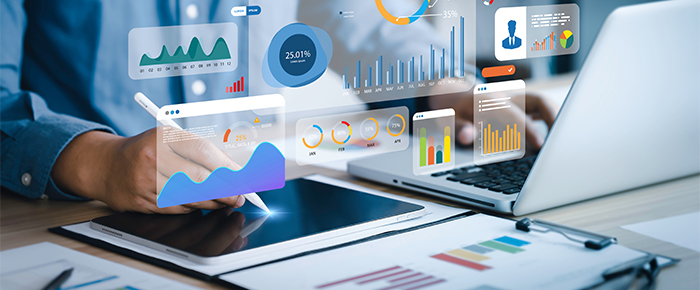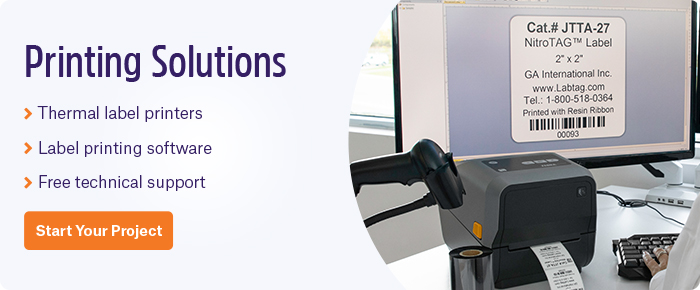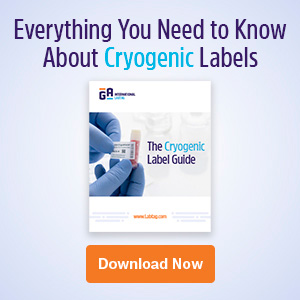
Laboratory digitization has become a mainstay of healthcare and research. With a variety of software to track and trace samples and manage workflows, like laboratory management information systems (LIMS) and electronic notebooks (ELNs), it’s never been easier to follow protocols from conception to the final analysis. One of the newest software to hit the market is the Scientific Data Management System, a tool that can help scientists collect and manage their data across nearly every assay.
What is an SDMS?
The primary function of an SDMS is to automatically upload data, including metadata, from lab instrumentation, store it, and make it accessible to those who require it. It also provides a platform to organize, catalog, retrieve, analyze, and report data. It integrates with most instrumentation and uses a centralized database for every byte collected. This type of software can also be used for regulatory compliance to track all results as they are generated and form an audit trail. As such, SDMS software is often used by institutes and companies involved in research and development, including academic research facilities or pharmaceutical and biotechnology companies dedicated to drug discovery or clinical trials.
The difference between a LIMS, ELN, and SDMS
You’ll notice that an SDMS shares functionality with both LIMS and ELN software. There are a few key differences, however. While a LIMS is typically sample-centric—that is, it focuses on only a select few workflows and provides a platform for the large-scale tracking of samples from a similar origin—and an ELN is process-centric, meaning it adapts to a wide range of assays and processes, an SDMS is data-centric. It only collects data as they are generated and aids in analysis and reporting but does not help assign workflows or manage sample processing. Note that all of the above (LIMS, ELN, and SDMS) can be integrated together as a whole, providing a wide range of tools wherever necessary.
Benefits of an SDMS
There are several specific benefits to integrating an SDMS into your lab, including:
- Efficient, centralized management of all lab-generated data, including metadata tagging, which helps to quickly find the right files using keyword searches
- Collaborative opportunities based on data sharing, online accessibility, and search capabilities
- Compliance with industry standards, including audit trails and e-signatures
- Data security via password control, permissions, and enhanced data integrity
- Improved data storage workflows, as an SDMS will allow storage of all data, ensuring computers associated with lab equipment do not run out of storage space
- Version control for tracking changes to datasets over time, enabling recording of the complete history of revisions and updates
LabTAG by GA International is a leading manufacturer of high-performance specialty labels and a supplier of identification solutions used in research and medical labs as well as healthcare institutions.

